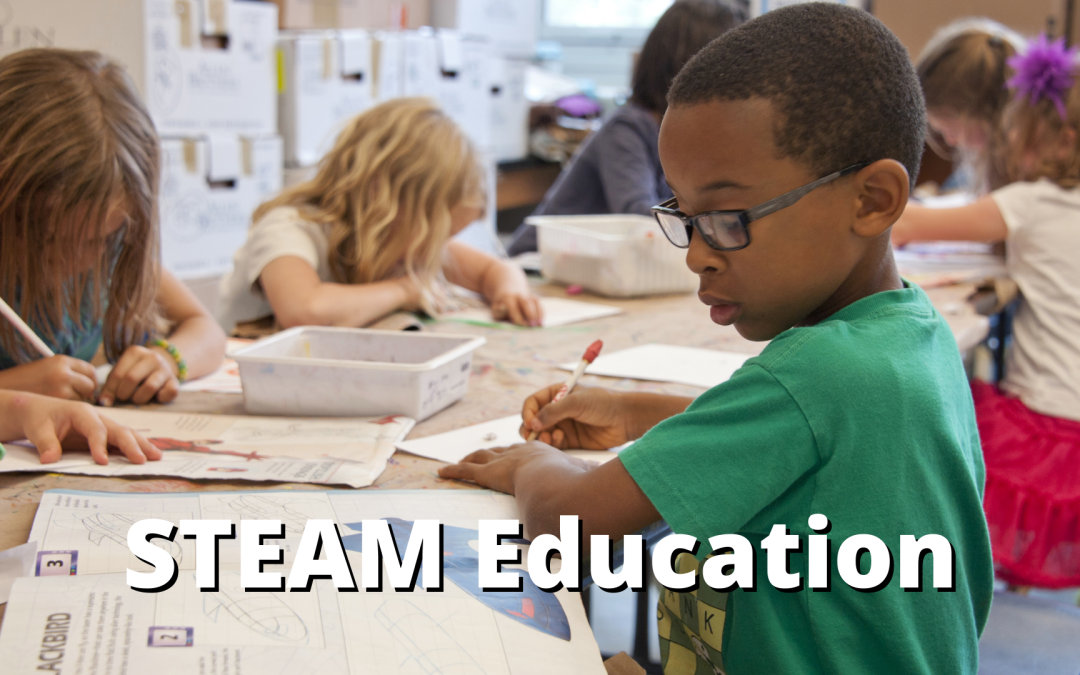By now, most of you have heard about STEM education and the benefits it could give to your children’s learning. STEM stands for Science, Technology, Engineering, and Mathematics. But have you heard about its spinoff in STEAM? STEAM still incorporates the same four principles, but also adds A for Arts.
Why Add Arts?
The creation of STEM flowed from realizing these are areas where students and schools alike may be struggling academically. They are trickier school subjects for sure, and most students aren’t thrilled when it comes time to learn about such heavy topics. There are also biases against female students in areas such as technology and math. Female students who show an interest in these subjects usually don’t make these feelings heard, as most of them receive bullying or stigmas. With the addition of Arts, it’s simply realizing that this is also another subject that students struggle with, whether it’s because their school doesn’t offer much in the Arts program or they have a hard time expressing themselves. It’s not simply adding Arts to the STEM program and then calling it a day, either. The arts and humanities are involved in the learning modules just as heavily and creatively as the other four subjects.
How Do You Teach the Arts?
Just like the other four topics, using these areas of focus is all about creativity and thinking outside of the box. STEAM education is no different in that it teaches real-world scenarios and gives students more of a chance to be pro active when learning and figuring out the answers. It promotes critical thinking and lets that lead the classroom’s main learning points. The arts tend to have more emotional backing to their projects. With this in mind, students have the opportunity to use and hone these emotions, such as empathy, communication and creativity, within the lesson plans. They can see how emotions can drive certain projects and how that’s a driving force for some of life’s passions.
What the Future Holds
Integrating the Arts into STEM education is also a great way to blend the highly structural and rigid sciences together with the more emotional arts. The four pillars of STEM are very black and white, and obviously very important to children’s learning. But at the same time, to have a more well-rounded student, you also need to incorporate learning that’s outside of the science and math world. This gives students a chance to really reach inside their emotions and feelings to what they are thinking and how they process information. STEAM education helps to bring out the best in each and every student.
Katie Kyzivat

